Disclosure: This article contains affiliate links. We may earn a commission from purchases at no extra cost to you, which helps our travel content.
The winter air carries whispers of history as I step into Lucknow, where time seems to fold upon itself like the intricate pleats of a nobleman's angarkha. After years of studying amphitheaters across continents, I found myself drawn to this North Indian city not for its acoustics but for its architectural symphony—a harmonious blend of Indo-Persian, Islamic, and colonial influences that tells the story of the sophisticated Nawabs who once ruled here. With Pallas contentedly settled at a pet-friendly homestay, I set out with my field notebook and a modest budget to decode the cultural palimpsest that makes Lucknow simultaneously grand yet accessible to the curious traveler.
Decoding Tehzeeb: The Subtle Art of Lucknowi Etiquette
Lucknow's famous tehzeeb (etiquette) isn't merely historical—it's a living practice that shapes daily interactions. My anthropological training proved invaluable as I observed the delicate dance of social protocols that defines authentic Lucknowi culture. The language itself—Urdu peppered with distinctive Awadhi expressions—flows with poetic cadence, where even a simple greeting becomes an elaborate exchange of respect.
On my third day, I was invited to a local home for dinner after striking up a conversation about architectural acoustics with a university professor at Bara Imambara. What followed was a masterclass in hospitality: the repeated insistence to eat more (takaalluf), the host serving before eating himself, and the careful attention to my comfort that bordered on ceremonial.
To truly experience this culture, I recommend carrying a small language guide to learn basic Urdu pleasantries. Locals beam with appreciation when visitors attempt even simple phrases like adaab (a greeting with right hand to forehead) or hum aapke shukraguzar hain (I am thankful to you).
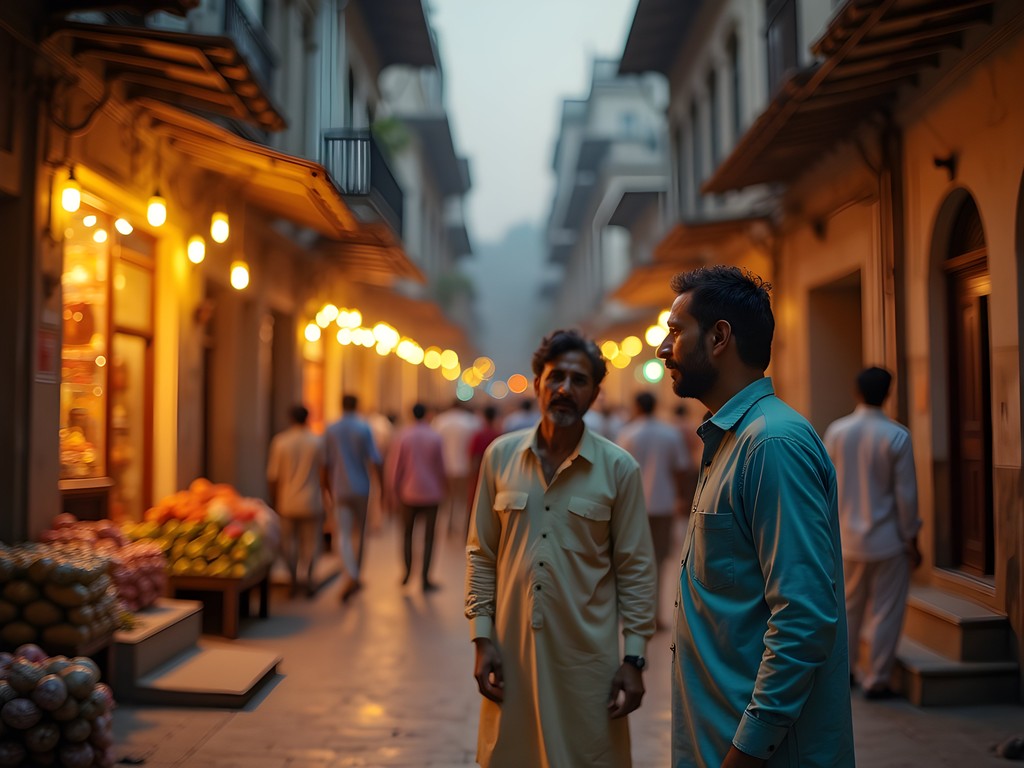
💡 Pro Tips
- Always use 'aap' (formal 'you') rather than 'tum' when addressing locals, even shopkeepers
- When offered tea or food, politely decline twice before accepting—this is expected tehzeeb
- Remove shoes before entering homes and religious places; consider packing slip-on footwear for convenience
Architectural Time Travel: Beyond the Tourist Circuit
While Bara Imambara and Rumi Darwaza rightfully dominate itineraries, Lucknow's architectural splendor extends far beyond these monumental structures. My research into spatial acoustics led me to lesser-known gems that few budget travelers discover.
The British Residency, with its haunting ruins bearing cannon marks from the 1857 uprising, offers a profound acoustic experience at dawn—birdsong echoing through collapsed chambers creates an auditory portal to the past. I spent three mornings here with my audio recorder capturing these soundscapes for my research, undisturbed by crowds.
Satkhanda, an unfinished watchtower intended to be seven stories (only four were completed), stands as a poignant metaphor for interrupted dreams. Local university students often gather here—strike up a conversation and you might get invited to a poetry reading or impromptu historical debate.
Most revelatory was my visit to Firangi Mahal, once a renowned Islamic seminary where scholars developed the Dars-e-Nizami educational system. The building now stands in near-ruins, yet the caretaker—if you find him—shares compelling stories about its intellectual legacy that shaped Muslim education across South Asia.

💡 Pro Tips
- Visit architectural sites before 8am to avoid both crowds and midday heat
- Carry small denominations (₹10-50) for entry fees at lesser-known monuments
- Ask permission before photographing inhabited historical buildings—many families still live in heritage structures
Culinary Anthropology: Nawabi Flavors on a Budget
Lucknow's gastronomy is inseparable from its cultural identity—each dish narrates stories of royal kitchens, culinary migrations, and centuries of refinement. As an anthropologist with a modest research stipend, I developed strategies to experience authentic Awadhi cuisine without royal expenditure.
The secret lies in timing and location. The gallis (narrow lanes) of Chowk transform after evening prayers when fourth-generation kebab masters fire up their grills. At Tunday Kababi's original outlet, I bypassed the tourist-oriented branch to find the small ancestral shop where a plate of melt-in-mouth galouti kebabs costs under ₹150. The proprietor explained how these kebabs were developed for a toothless Nawab, requiring 160+ spices and meat pounded to silken texture.
For biryani—a contentious subject between Lucknow and Hyderabad enthusiasts—I followed university students to Idris Biryani, where ₹100 buys a portion of subtly spiced rice where each grain remains distinct yet infused with flavor. The owner proudly showed me the handcrafted degchi (cooking vessel) passed down through generations.
To properly appreciate these culinary experiences, I recommend carrying a stainless steel spice box to collect small samples of distinctive Lucknowi spice blends from local merchants. The shopkeepers in Nakhas market often share family recipes when they see genuine interest.
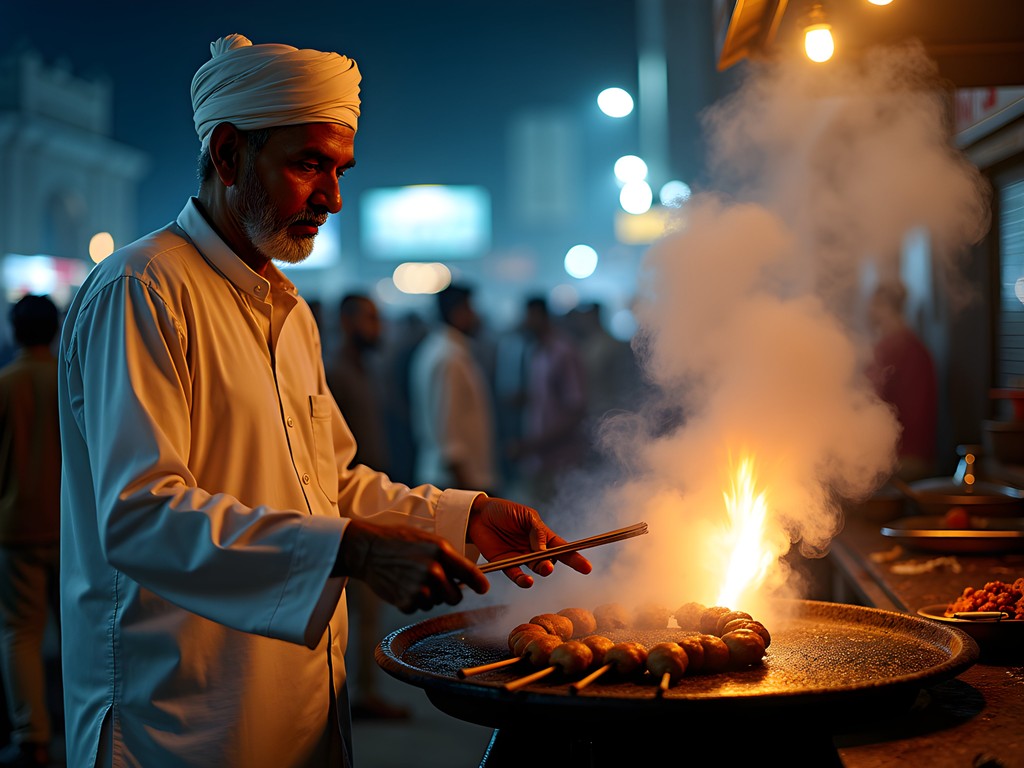
💡 Pro Tips
- Eat where you see multigenerational local families, not where you see tourists
- Visit kebab stalls after 7pm when they're freshly prepared for dinner crowds
- Ask for 'meetha paan' after meals—this betel leaf digestive is an essential Lucknowi experience
Navigating Chikankari: The Embroidered Geography of Lucknow
Lucknow's signature chikankari embroidery represents not just a craft but a cultural geography—different neighborhoods specialize in distinct stitches, each telling stories of community specialization and artistic lineage. As someone who studies material culture, I was fascinated by how this delicate white-on-white needlework encapsulates Lucknow's refined aesthetic sensibility.
Rather than purchasing from upscale boutiques in Hazratganj, I navigated to Chowk's inner lanes where I discovered multi-generational workshops. Here, artisans welcomed me into small courtyards where women worked on wooden frames, their fingers dancing across fabric with astonishing precision. Using my travel magnifier, I studied the 36 different stitches that comprise traditional chikankari, from the raised bakhiya to the delicate phanda.
The most authentic experience came through a contact at Lucknow University who introduced me to a family workshop in Daliganj. Here, Nasreen Begum, a master craftswoman, explained how different motifs carry cultural meanings—paisley patterns representing fertility, lotus flowers symbolizing purity. For ₹1500 (bargained down from ₹2500), I acquired a hand-embroidered cotton kurta requiring three weeks' work, directly supporting the artisan family.
To distinguish machine-made from authentic hand embroidery, examine the reverse side—handwork shows distinctive knots and irregularities that machines cannot replicate. This knowledge saved me from numerous tourist traps.
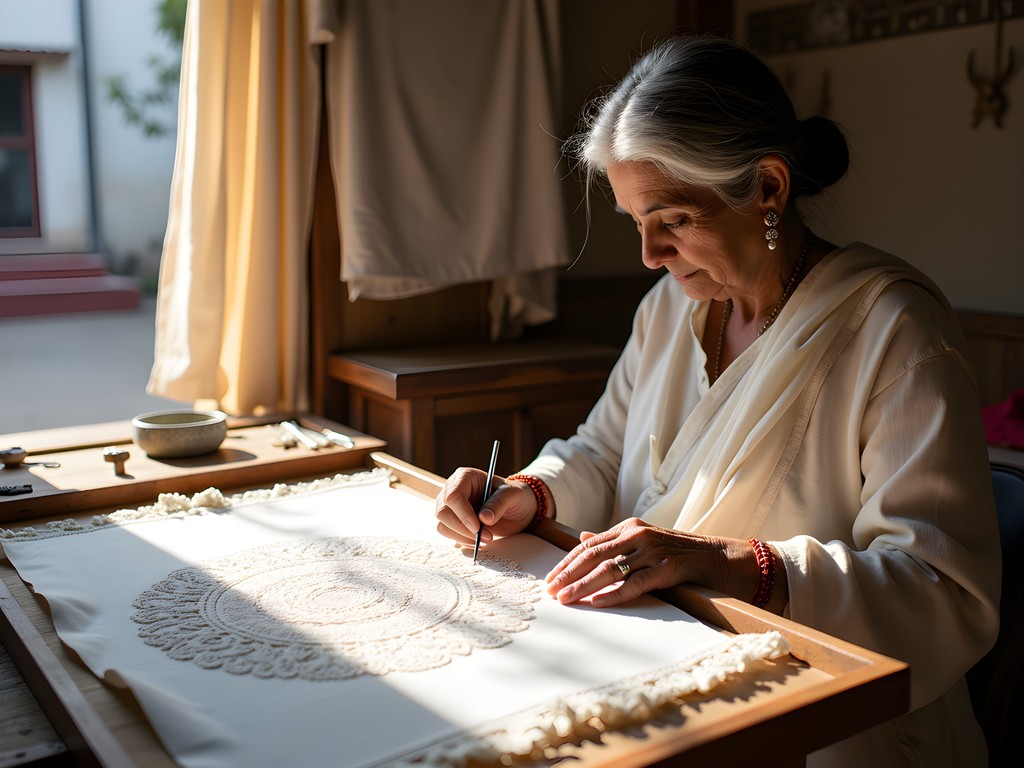
💡 Pro Tips
- Visit workshops between 10am-noon when natural light is ideal for examining detailed stitchwork
- Learn the phrase 'Kitne din ka kaam hai?' (How many days' work is this?) to understand craftsmanship value
- Purchase plain cotton fabric from local markets and have artisans custom-embroider it—often cheaper than finished pieces
Sacred Soundscapes: The Acoustic Heritage of Lucknow
My academic research on architectural acoustics found perfect expression in Lucknow's religious spaces, where sound becomes a vehicle for spiritual experience across faiths. While tourists flock to photograph grand facades, I sought to document the sonic dimensions of these sacred spaces.
The Asafi Mosque adjacent to Bara Imambara offers a remarkable acoustic study—its main prayer hall creates natural amplification allowing the imam's voice to reach worshippers without electronic assistance. I used my decibel meter to measure how the curved mihrab reflects sound throughout the space, creating an enveloping auditory experience during prayers.
At the 200-year-old Chota Imambara, I documented how mourning recitations during Muharram create standing sound waves between parallel walls—an acoustic phenomenon I've previously studied in Greek amphitheaters. The caretaker, noticing my interest, invited me to return during a Thursday evening gathering when Sufi qawwali singers perform, utilizing the space's natural resonance.
Most revelatory was my dawn visit to the Catholic Cathedral on Shahnajaf Road—a colonial-era structure where the choir's rehearsal demonstrated how Western architectural acoustics were adapted to Indian construction materials. The choirmaster explained how they modify traditional Latin hymns to suit the building's unique reverberation pattern.
For those interested in sound experiences, carry a travel meditation cushion to sit comfortably on stone floors during extended listening sessions at these sites.
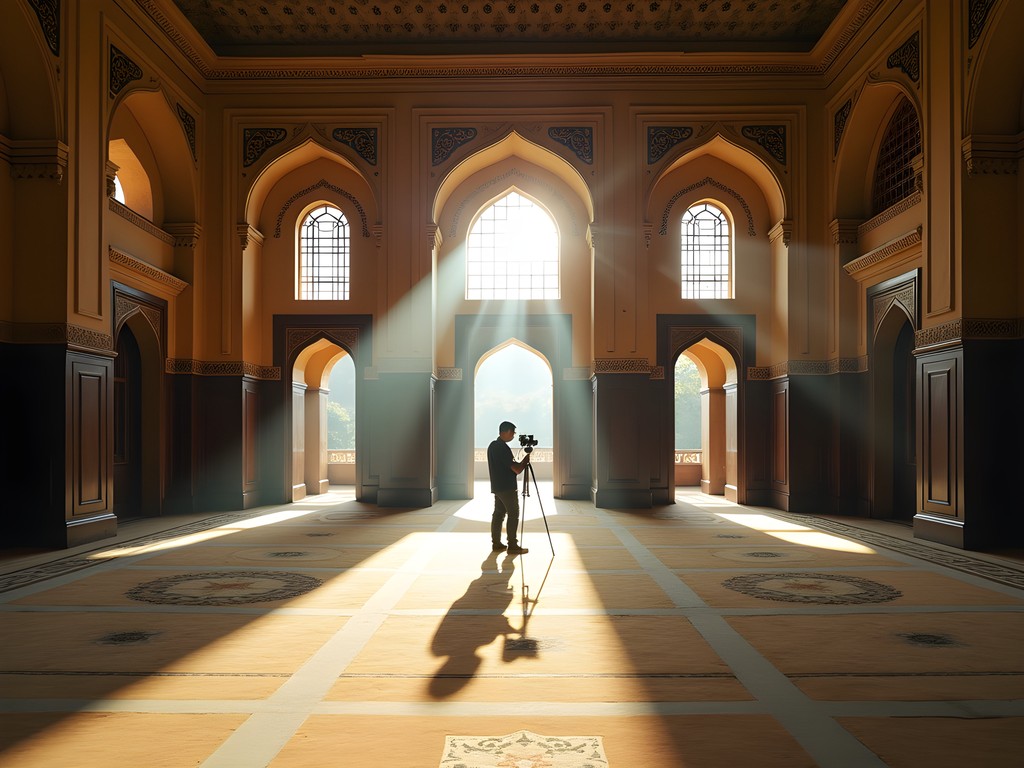
💡 Pro Tips
- Visit religious sites during actual services (with respectful permission) to experience their acoustic design in action
- Thursday evenings offer special musical performances at many Sufi shrines
- Remove shoes, cover heads appropriately, and bring modest honorariums (₹50-100) when visiting active religious sites
Final Thoughts
As I pack my field notes and carefully wrap the chikankari kurta I'll bring home to Canada, I reflect on how Lucknow defies conventional tourist experiences. This city doesn't reveal itself through hasty visits to monumental checkpoints but through patient immersion in its rhythms—the cadenced Urdu poetry recitations in hidden courtyards, the precise movements of kebab masters' hands, the morning call to prayer resonating through ancient domes.
For the budget-conscious solo traveler, Lucknow offers rare value: world-class architectural wonders without entry fees that break the bank, culinary masterpieces served on streetside stalls, and an etiquette-rich culture that embraces respectful visitors regardless of their spending power. What distinguishes a tourist from a traveler here is simply time and attention—the willingness to sit, listen, and engage.
As an anthropologist, I measure the success of my journeys not in countries counted but in cultural understandings deepened. By this measure, my week in Lucknow—navigating its layered histories and living traditions with modest means but genuine curiosity—ranks among my most enriching field experiences. The City of Nawabs may have lost its ruling elite, but its cultural sophistication remains democratically accessible to those who approach with respect and wonder.
✨ Key Takeaways
- Lucknow's true character emerges through its living cultural practices—tehzeeb (etiquette), cuisine, crafts—rather than merely its monuments
- Budget travelers can access authentic experiences by following local rhythms and venturing beyond tourist zones
- Understanding basic Urdu phrases and Lucknowi social customs dramatically enhances connection with locals
📋 Practical Information
Best Time to Visit
November through February (winter)
Budget Estimate
₹1500-2500 per day including accommodations, food, and activities
Recommended Duration
Minimum 5 days, ideally 7
Difficulty Level
Easy
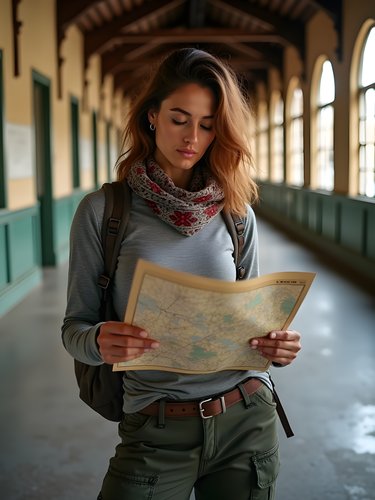
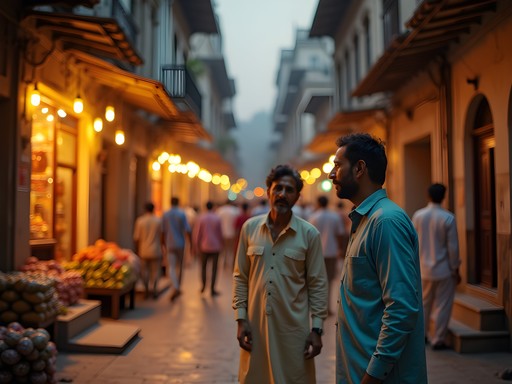


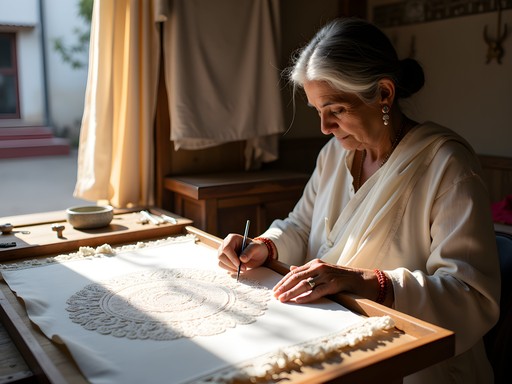
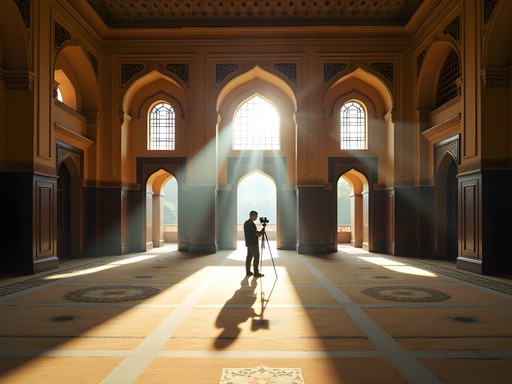


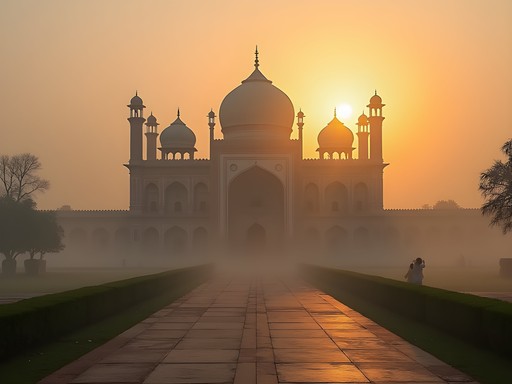

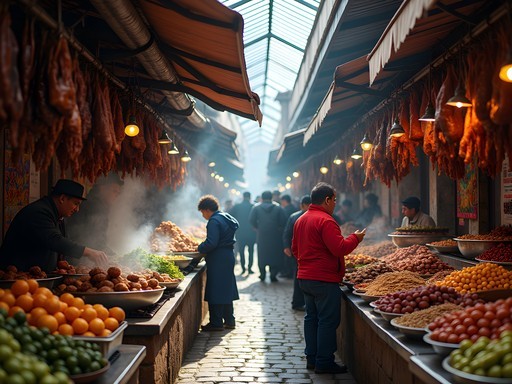

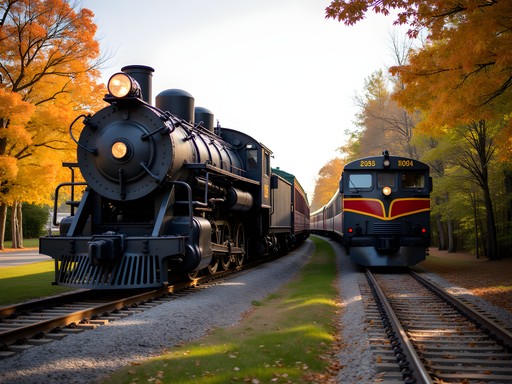

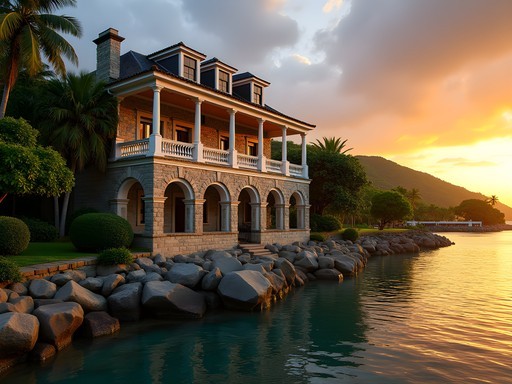

Comments
photodiver520
Just got back from Lucknow and used many of your tips! The rickshaw routes you suggested were spot on. One thing I'd add - download the local Ola app for getting around when you're too tired to walk. Much cheaper than what hotels arrange. And don't miss the evening heritage walk in Chowk area - they only run it twice a week but it's worth planning around!
journeygal
Thanks for the Ola app tip! Is it easy to use if you don't speak Hindi?
photodiver520
Yes! It's available in English and super user-friendly. Just need a local SIM card to register.
globetrotter443
Your architectural photos are stunning! What camera do you use?
Willow Hamilton
Thank you! Just using my phone actually - Google Pixel 7 Pro. The light in Lucknow does all the hard work!
journeygal
Your photos are absolutely stunning! Love how you captured the intricate details of the architecture!
TravelWithRaj
As a Lucknow native, I appreciate how well you've captured the essence of our city! One tip I'd add: visit Sharma Ji's chaat stall in Hazratganj around 5pm - it's where all the locals go and much better than the touristy spots. Also, the Residency is hauntingly beautiful at sunset if you want amazing photos.
Willow Hamilton
Thank you so much for the insider tip! I'll definitely check out Sharma Ji's next time I'm there. The Residency at sunset sounds magical.
roamguide
Great post! I'm planning a trip to Lucknow next month. Which area would you recommend staying in to best experience the local culture?
Willow Hamilton
Thank you! I'd suggest Hazratganj or Chowk for the full cultural immersion. Hazratganj is more central with modern amenities while still having that old-world charm, while Chowk puts you right in the heart of the old city with amazing food options nearby!
roamguide
Thanks so much! Hazratganj sounds perfect for my first visit.
Adam Nichols
Willow's anthropological approach to Lucknow offers insights rarely found in conventional travel literature. I particularly appreciated the analysis of how Lucknow's architectural heritage reflects its complex socio-political history. Having documented several UNESCO sites across North India myself, I found her observations on the less-frequented monuments particularly valuable. One suggestion: the old Residency complex deserves more attention as it provides crucial context for understanding the city's colonial period and the events of 1857. For those planning extended research in Lucknow, I recommend carrying a language guide as English proficiency varies significantly outside tourist areas.
wanderlust_queen
Those kebab photos are making me hungry! 😍
sunsetexplorer
Wow Willow, your description of Lucknow took me right back to my brief visit last year! I wish I'd had this guide then - I completely missed those hidden architectural gems you mentioned beyond the tourist spots. The way you explained the Tehzeeb etiquette is so helpful. I embarrassed myself a few times not knowing the subtle cultural cues. Definitely bookmarking this for when I return!
photodiver520
Did you try the tunday kebabs? I'm dying to visit just for the food!
sunsetexplorer
Omg yes! They melt in your mouth! Worth the trip just for those alone!
Hunter Thompson
Love your deep dive into Lucknow! I'm heading there next month and definitely taking notes on your chikankari shopping tips. How did you find navigating between sites? Is it walkable or should I budget for taxis? Also, any recommendations for budget stays that still give you that nawabi vibe?
Willow Hamilton
Thanks Hunter! The old city areas are somewhat walkable in cooler months, but I'd recommend using auto-rickshaws between major sites - just make sure to negotiate fares before getting in. For accommodation with nawabi vibes on a budget, check out Clarks Avadh or Sapna Clarks Inn. Both have that heritage feel without breaking the bank. And definitely carry my phrase book - knowing a few Urdu phrases opens so many doors in Lucknow!
Hunter Thompson
Brilliant, thanks for the tips! Will definitely look into those hotels. Can't wait to try the tunday kebabs you mentioned!
skyblogger
This brought back so many memories! I was in Lucknow last year and completely agree about the tehzeeb - it's something you can't really understand until you experience it. The way shopkeepers insisted I sit and have chai before even discussing prices was such a culture shock coming from Toronto! Did you get to try the basket chaat at Royal Cafe? That was my absolute highlight food-wise. Your tips about navigating the chikankari markets are spot on - I wish I'd had this guide before I went and paid way too much at the tourist shops near Bara Imambara!
Willow Hamilton
Thanks so much! Yes, the basket chaat at Royal Cafe is incredible - that crispy potato basket filled with all those flavors is unforgettable! Did you make it to any of the lesser-known imambaras I mentioned?
skyblogger
I only saw Chhota Imambara besides the main one. Wish I'd known about Imambara Sibtainabad! Next time for sure.
Venture X
Premium card with 2X miles, $300 travel credit, Priority Pass